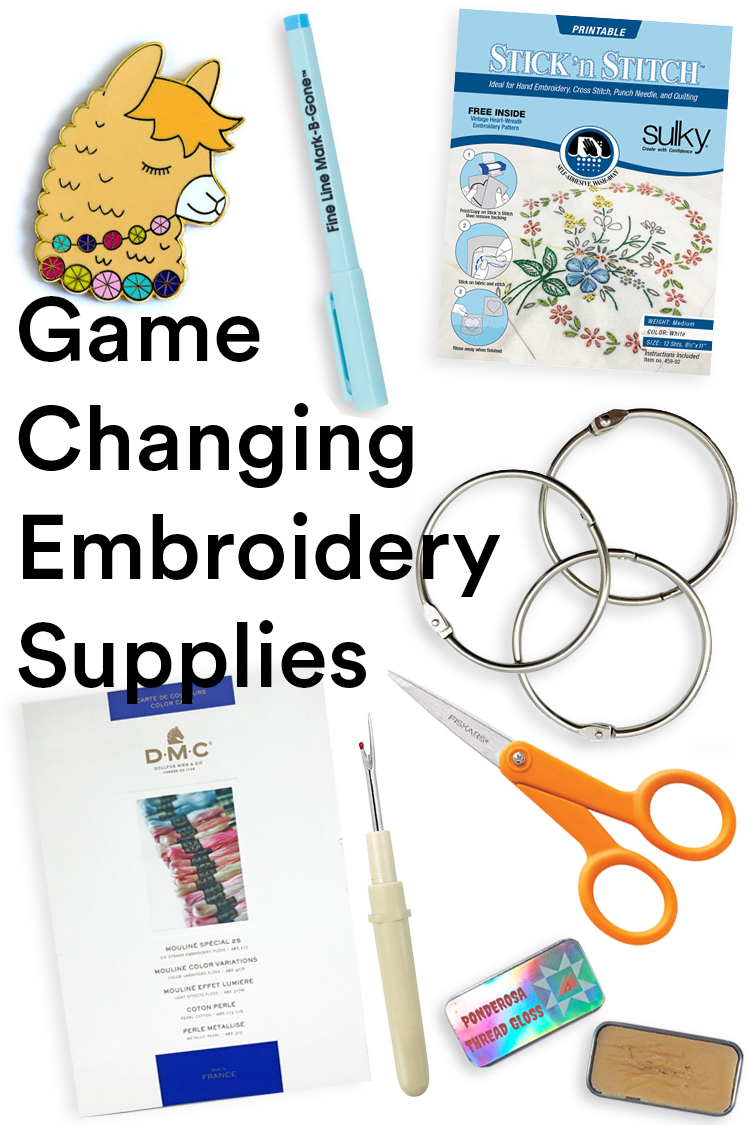
This post contains some affiliate links. If you make a purchase, Brown Paper Bag may earn an affiliate commission. Learn more here.
This article is part of a series on how to take your embroidery to new heights.
When you’re first learning to stitch, there are the basic embroidery tools that you’ll use: a hoop, needle, and thread. But there are many materials that are game-changers for your stitching that fly under the radar. I learned about many of them by chance; for instance, I saw someone on Instagram using a stick and stitch stabilizer and did some Googling to find out what it was and where to find it.
There are other helpful tools that go beyond the essential supplies to make your embroidery easier and create the designs you always wanted. I’ve compiled your shopping list below.
Scroll down for 8 game-changing embroidery supplies.
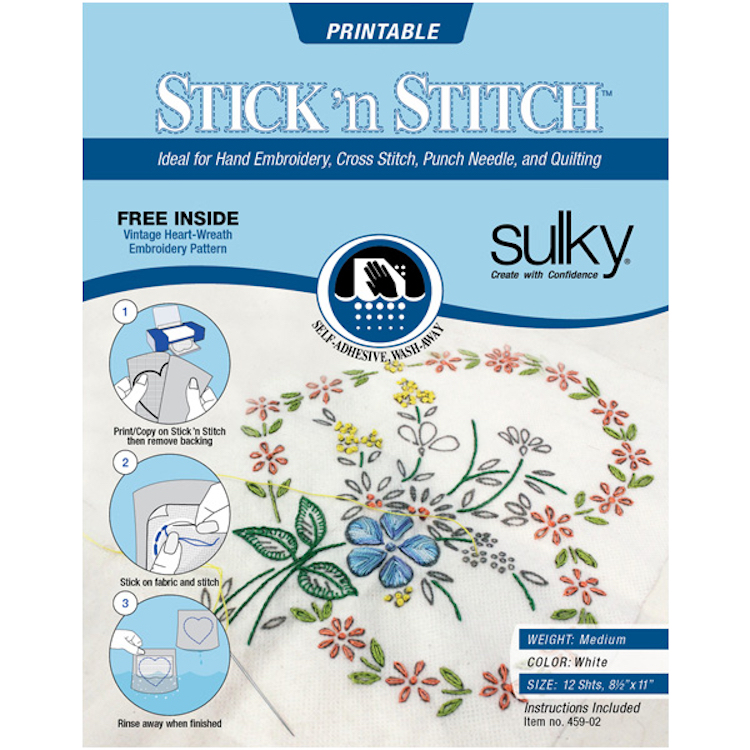
Stick and Stitch Stabilizer
As I began stitching custom pet portraits on embroidered shirts, I knew that I needed a better way to transfer the sketch of a kitty onto a collar. That’s when I discovered stick and stitch stabilizer. You just put a sheet of this into your printer and print whatever you want to embroider. It prints onto a special fiber that you then peel and stick onto your fabric. Start sewing like normal and when you’re done, wash it away using warm water. Easy!
Try this: Sulky Stick N Stitch Stabilizer

Water-Soluble Pen
If you like to draw freehand on your fabric but don’t want to use something as permanent as a pen, try a water-soluble marker made especially for stitching. In my experience, the ink fades over the days after you start using it but will stay for the duration of your stitching. When you’re done, run your embroidery under the sink and the ink will disappear.
Try this: Dritz 700 Erasable Blue Pen
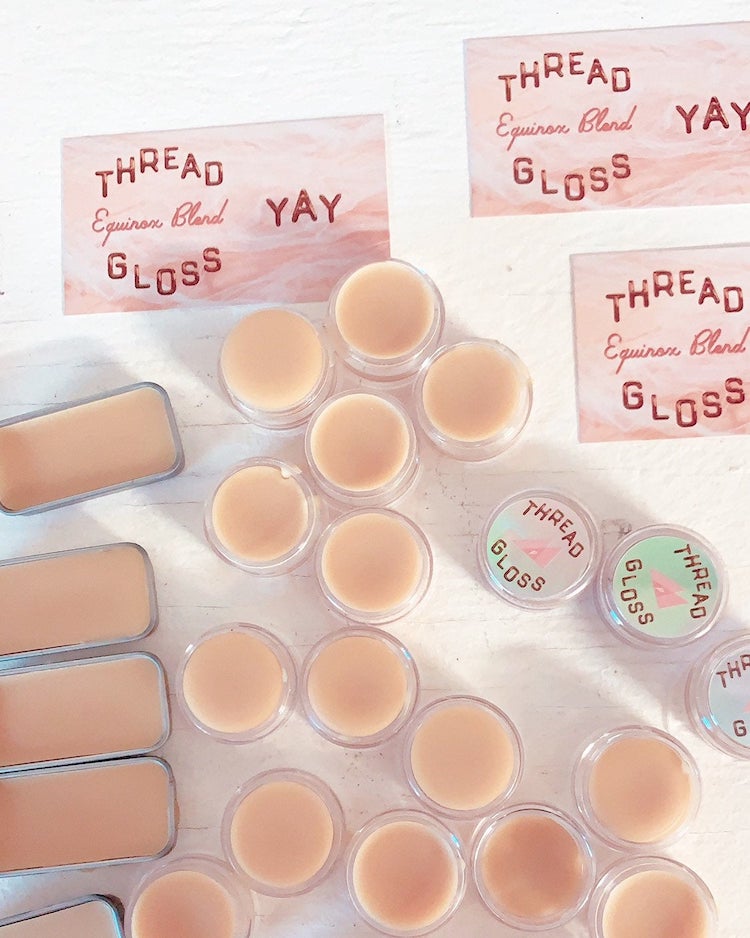
Thread Gloss
I didn’t know what thread gloss was until my friend Melissa let me use some of hers. It is a specially formulated wax and oil blend that prevents your thread from getting tangles (as well as fraying or brittleness). I like it because when you’re stitching with the stick and stitch stabilizer, it can be a little harder to take your needle through the fabric and then the stabilizer’s bit of stickiness. The thread gloss greases the wheels.
Try this: Ponderosa Thread Gloss (in a variety of scents!)
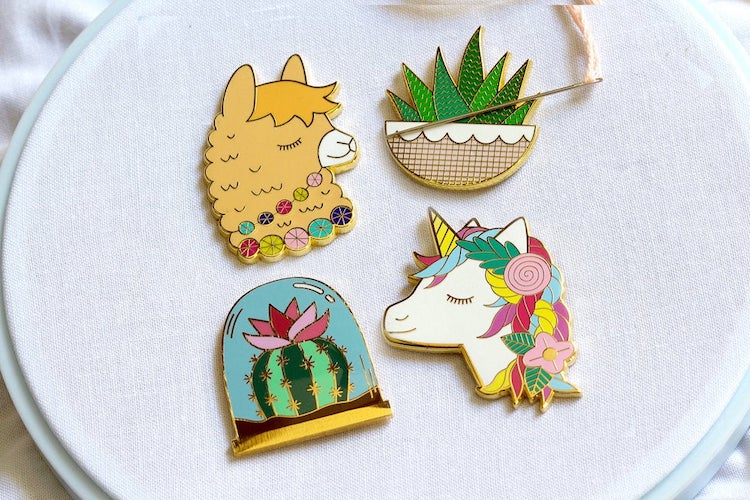
Needle Minder
Nothing annoys my husband more than finding an errant needle on the floor or stuck in the couch. (I don’t blame him!) Getting a needle minder—a magnetic pin that you stick on your sewing—keeps my needle in place. When you’re changing thread or finished stitching, just let your needle hang out there.
Try this: Kiriki Press Lllama Needle Minder
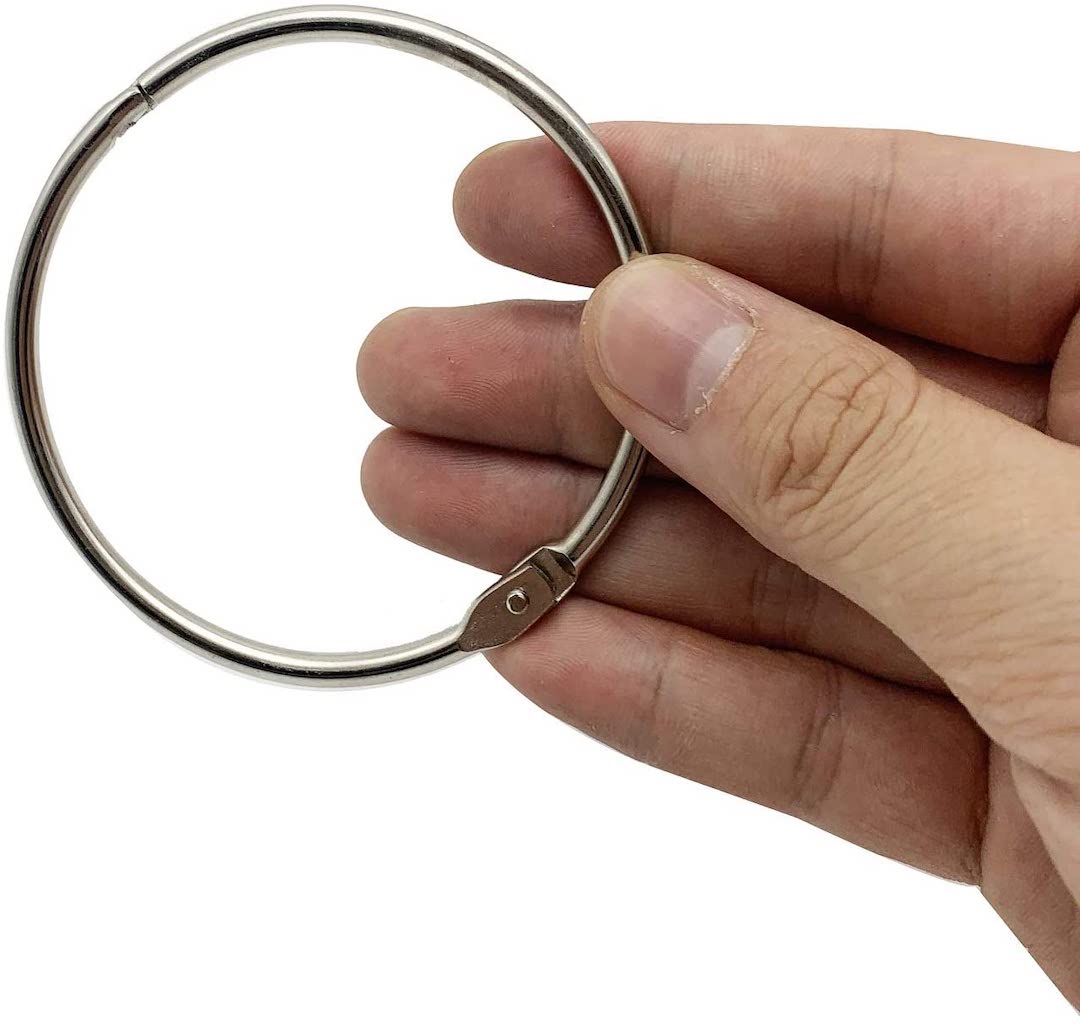
Metal Craft Rings
Your embroidery will benefit from staying organized. So once you’ve selected the thread you’ll use in a project, string your bobbins on a metal ring—the kind you’d find in a three-ring binder. This will keep them all in place, and it’s great for storage. If you’re working on multiple projects, I also recommend labeling the rings with a slip of paper to keep them all straight.
Try this: 3‑inch Metal Rings

(Sharp) Embroidery Scissors
Scissors, I know, aren’t some great secret; they are an essential tool for embroidery. But you might not realize how much a sharp pair of scissors can make a difference. A good pair of thread-only scissors will ensure that the ends of your thread don’t fray when you cut a piece from your skein. Why is this important? Fuzzy ends make it harder to thread a needle.
A good pair of scissors can also help you remove stitches like a seam ripper—in a pinch. (But you’ll want one of those, too.)
Try this: Fiskars Micro-Tip Scissors
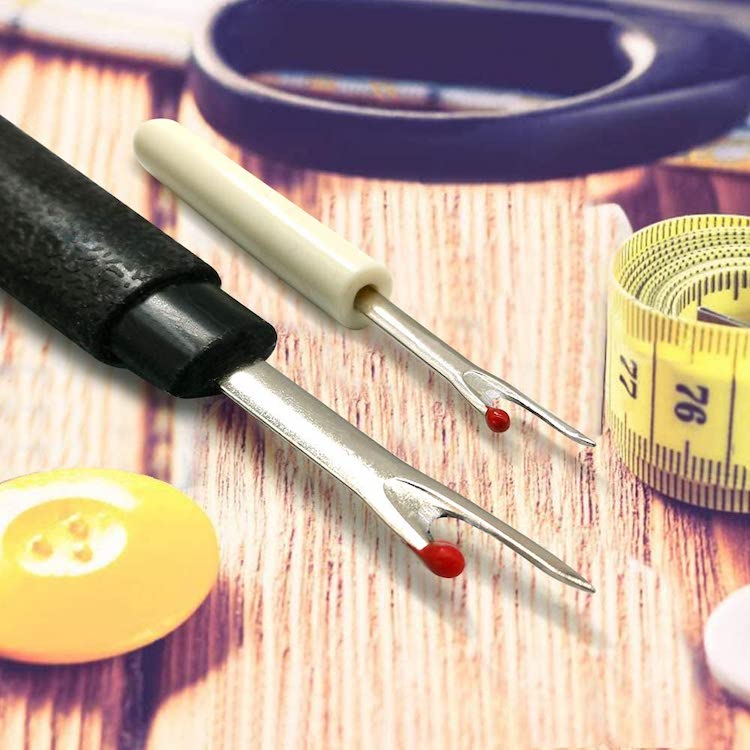
Seam Ripper
When I first began embroidering, I didn’t have a seam ripper. To me, a seam ripper was for stitching garments and nothing else. But when I found one among my husband’s stitch supply stash (he’s a clothing designer), I adopted it for my work. And let me tell you—I didn’t realize how much I needed it.
It is no fun to have to rip out your embroidery. And although that sharp pair of scissors will help, a seam ripper will allow you a more precise way to target individual threads because of its long, pointed tip. And also with that end, you can maneuver the seam ripper under a bunch of threads and rip them all once.
Try this: 2‑Piece Seam Ripper Set
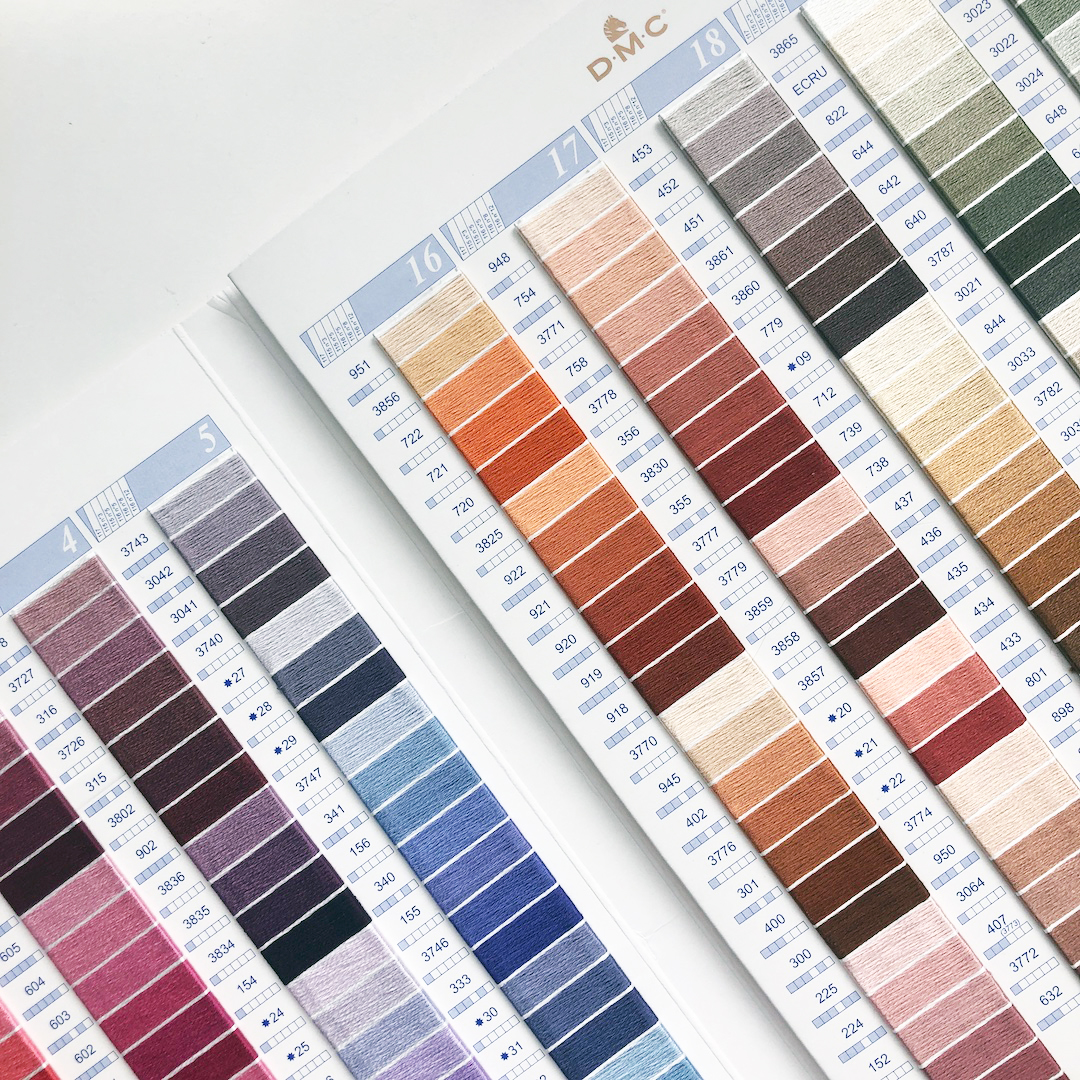
DMC Thread Card
DMC embroidery floss is the industry standard when it comes to stitching. It’s easy to see why; they have so many colors! If you’ve ever felt totally overwhelmed while standing in front of the thread selection of Joann’s, you’re not alone. (I’ve been there many times.) This is where the thread card comes in handy. The fold-out display has real thread samples of all of DMC’s embroidery floss offerings. Look and see what you might need so you can go to the store (or order online) with a plan.
Try this: DMC Thread Card
